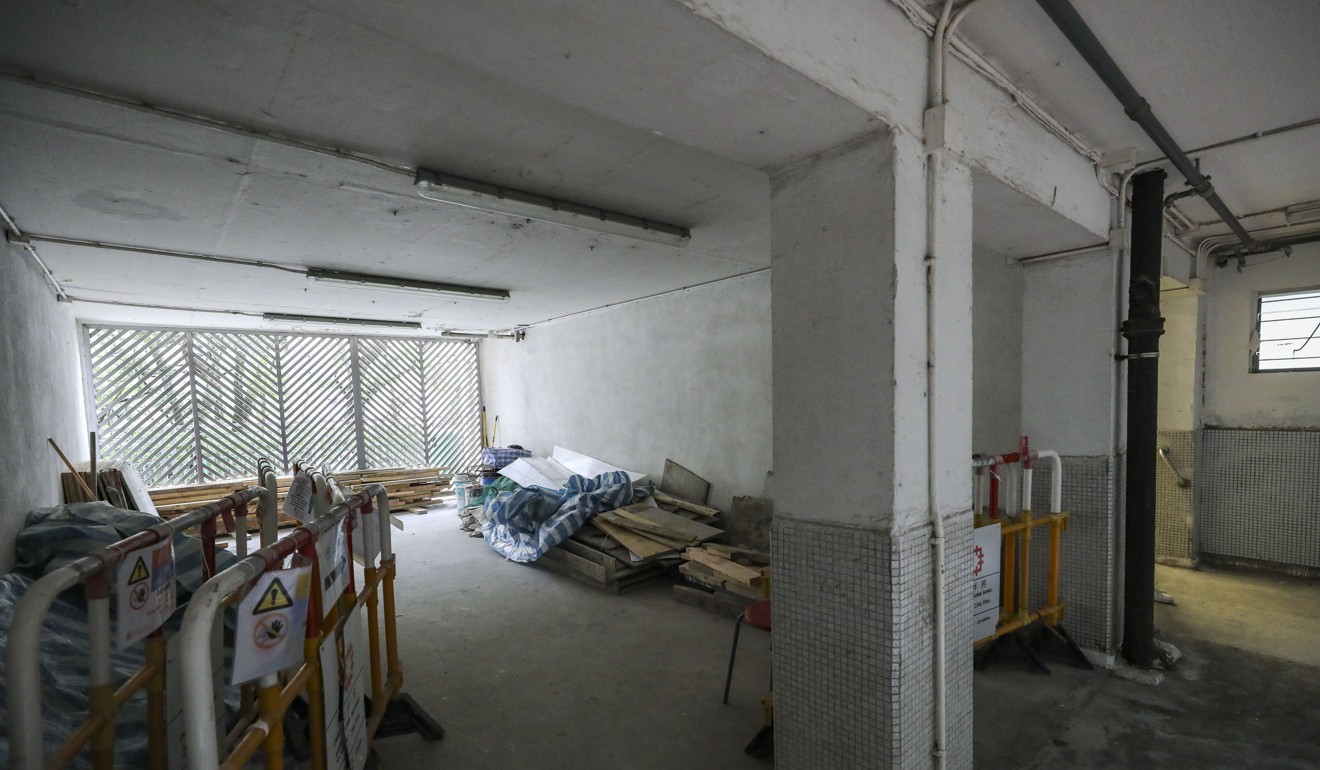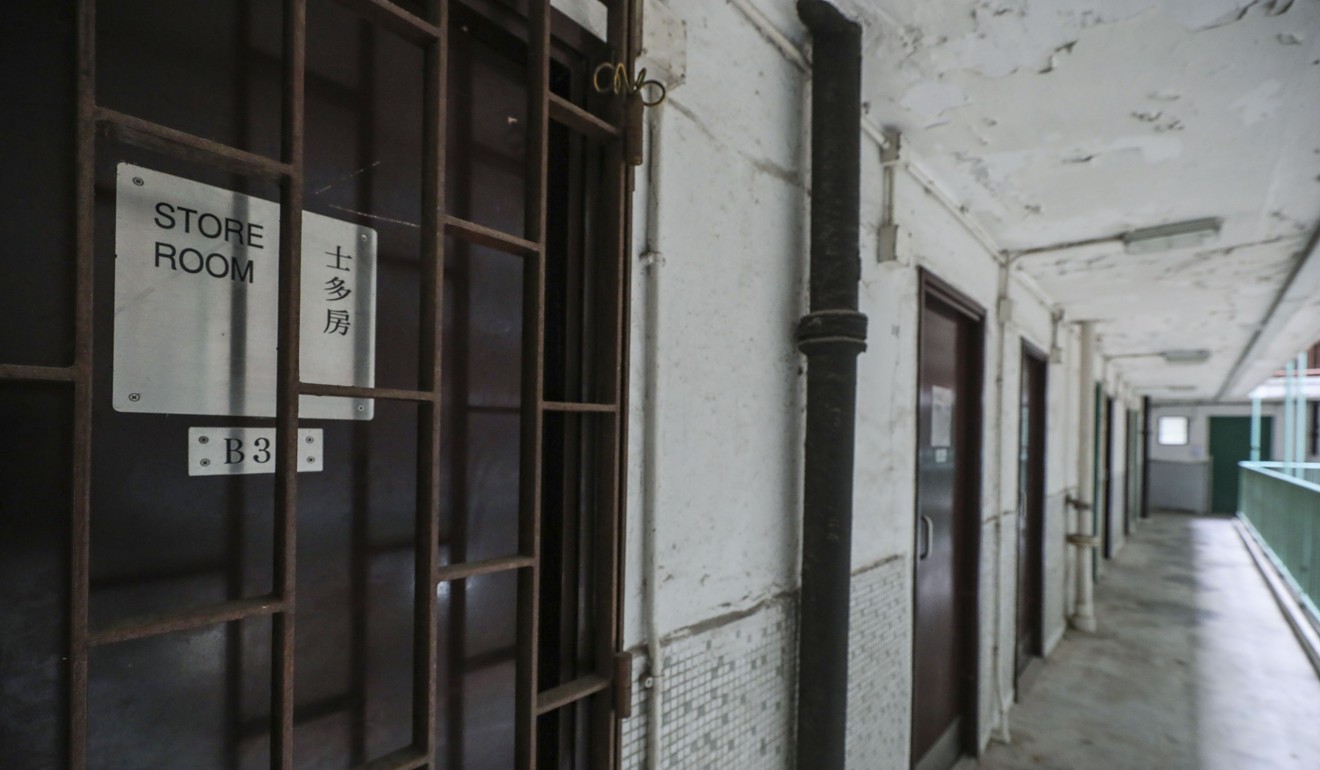
Hundreds of idle spaces can be converted for use as public housing, says Hong Kong Ombudsman
Ombudsman Connie Lau Yin-hing has, in a new report, identified several hundred idle spaces across the city’s public housing estates which she says can be turned into badly needed housing

Hong Kong’s Housing Authority is sitting on a potential resource of near-ready accommodation in its public housing stock, the city’s Ombudsman has said.
The watchdog believed close several hundred more public rental flats could be made available if the Housing Authority were to convert vacant storerooms and empty spaces designed for ventilation in public estates into domestic flats.
Ombudsman Connie Lau Yin-hing also questioned whether the authority was “wasting precious housing resources”.

Lau acknowledged that doing so could breach building regulations but was satisfied modifications to the units could be made to avoid being in violation.
The recommendations were put forward in the Ombudsman’s report released on Thursday after a 15-month inquiry that looked into the use of idle spaces in Hong Kong’s public housing estates.
In a statement, the Ombudsman concluded that the department had “failed to make active efforts to convert those storerooms into [public housing flats] through changes in construction technologies in response to the surging demand for public housing”.

The so-called “idle spaces” included areas in public housing blocks that have been created because of the design of older housing estates. Usually, the Housing Department would convert such spaces into storerooms to let to tenants or community groups for storage purposes.
There were also empty bays in blocks, which were mainly designed for ventilation, with sizes similar to a public unit. The department did not use these empty bays as storerooms.
“In Hong Kong, more than 200,000 people are living in subdivided units. It is regrettable to see the Housing Department allow a large number of storerooms and empty bays to remain vacant for years,” Lau said. “It is a waste of housing resources.”
In Hong Kong, more than 200,000 people are living in subdivided units. It is regrettable to see the Housing Department allow a large number of storerooms and empty bays to remain vacant for years
The Ombudsman investigation found that as of the end of August last year, a total of 2,462 storerooms across 87 public rental estates were converted from such spaces. But, of them, 959 were vacant, making up a total area of more than 109,000 sq ft.
The Ombudsman report noted that some of the vacant storerooms were as big as 700 sq ft, although it also acknowledged that 68 per cent of them were smaller than 100 sq ft.
Lau said: “We are not asking the Housing Department to turn shoebox storerooms into rental units. But for a storeroom with 700 sq ft, it is about the size of many luxury flats in the market. And in Choi Wan Estate, there are three such spacious storerooms that are left vacant.
“We agree there are building requirements to follow and we are not asking the Housing Department to break the regulations,” Lau said. She added her office had consulted some building professionals and architects and been told there were ways to rectify in cases of minor violations.
For example, Lau said , bigger windows could be installed so as to get around the building requirement for lighting or ventilation.

The Ombudsman said she was pleased the department had tried this approach and turned eight storerooms into rental units. The department was studying the feasibility of applying similar remedial measures in a bid to convert another 42 storerooms into rental flats.
For those storerooms that are not suitable for conversion into domestic flats, the Ombudsman also asked the Housing Department to rent them to welfare groups as day nursery centres or tutorial centres, or simply making use them as open spaces to improve the living environment.

Housing Authority member and legislator Wilson Or Chong-shing, however, expressed reservations about the Ombudsman’s proposals. “The intention might be good. But we should also look at the costs and whether residents would accept it. We also have to justify why we should fill up the empty bays that were designed for ventilation or be used as open space,” said Or.
He agreed that vacant storerooms could be rented out for community use.
The Housing Department issued a statement in response to the Ombudsman report, saying it welcomed the suggestions: “From time to time, we will explore ways to better use the storerooms in public housing estates. We will continue to look into all options that are practicable in order to make more effective use of storerooms.”